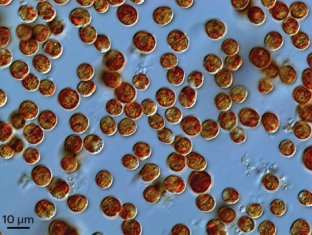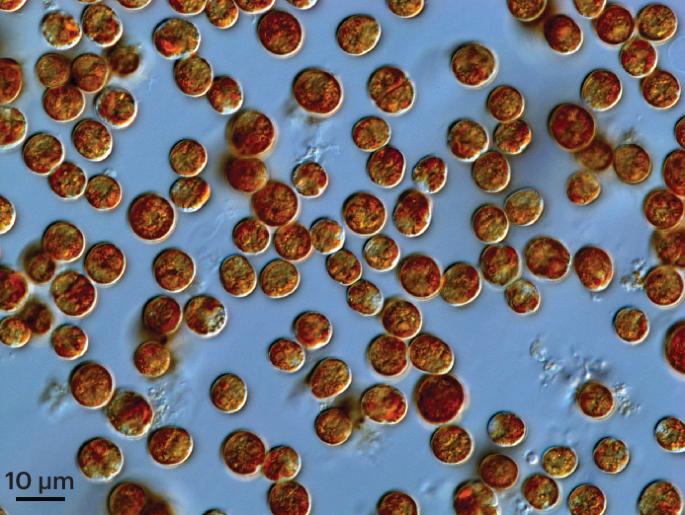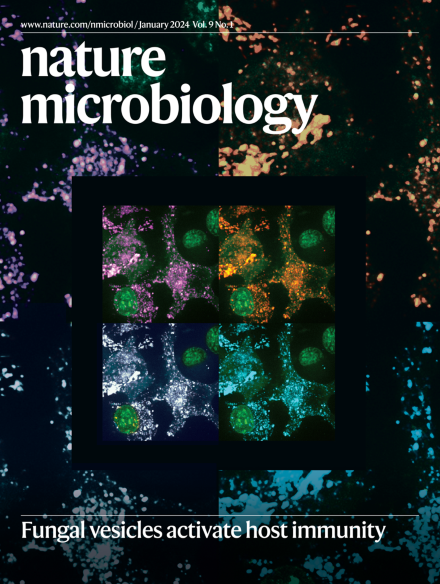揭示珊瑚光合共生科共生藻属的奥秘。
IF 20.5
1区 生物学
Q1 MICROBIOLOGY
引用次数: 0
摘要
Madeleine van Oppen 介绍了她对共生藻科(Symbiodiniaceae)的研究,这种微型藻类可能有助于保护珊瑚礁免受气候变化的影响。本文章由计算机程序翻译,如有差异,请以英文原文为准。


Shining light on the coral photosymbiont family Symbiodiniaceae
Madeleine van Oppen describes her research on the family Symbiodiniaceae, the microalgae that could be instrumental in safeguarding coral reefs against the effects of climate change.
求助全文
通过发布文献求助,成功后即可免费获取论文全文。
去求助
来源期刊

Nature Microbiology
Immunology and Microbiology-Microbiology
CiteScore
44.40
自引率
1.10%
发文量
226
期刊介绍:
Nature Microbiology aims to cover a comprehensive range of topics related to microorganisms. This includes:
Evolution: The journal is interested in exploring the evolutionary aspects of microorganisms. This may include research on their genetic diversity, adaptation, and speciation over time.
Physiology and cell biology: Nature Microbiology seeks to understand the functions and characteristics of microorganisms at the cellular and physiological levels. This may involve studying their metabolism, growth patterns, and cellular processes.
Interactions: The journal focuses on the interactions microorganisms have with each other, as well as their interactions with hosts or the environment. This encompasses investigations into microbial communities, symbiotic relationships, and microbial responses to different environments.
Societal significance: Nature Microbiology recognizes the societal impact of microorganisms and welcomes studies that explore their practical applications. This may include research on microbial diseases, biotechnology, or environmental remediation.
In summary, Nature Microbiology is interested in research related to the evolution, physiology and cell biology of microorganisms, their interactions, and their societal relevance.
 求助内容:
求助内容: 应助结果提醒方式:
应助结果提醒方式:


